UbuntuGNOME
|
Size: 7667
Comment: LTS Enablement Stacks new section added
|
Size: 9103
Comment:
|
| Deletions are marked like this. | Additions are marked like this. |
| Line 52: | Line 52: |
| * What is LTS Enablement Stacks? For better understanding, please read [[https://wiki.ubuntu.com/Kernel/LTSEnablementStack | this Wiki Page]]. |
|
| Line 57: | Line 56: |
| * | * These newer enablement stacks are meant for desktop and server use only, and not recommended for cloud or virtual images. * For further and more details, '''[[https://wiki.ubuntu.com/Kernel/LTSEnablementStack | kindly do read this page]]'''. |
| Line 59: | Line 59: |
| ##to be updated with each and every point release = Differences between 14.04 LTS and 14.04.2 LTS = == Features == * Ubuntu GNOME 14.04.2 is released with [[https://wiki.ubuntu.com/Kernel/LTSEnablementStack#Kernel.2BAC8-Support.A14.04.x_Ubuntu_Kernel_Support | Linux Kernel 3.16]]. * Newer X support. * Bug fixes and updated packages. |
|
| Line 60: | Line 66: |
| === |
== Important Notes == * The '''current''' users of Ubuntu GNOME 14.04 LTS already installed will automatically get 14.04.2 '''without''' the LTS Enablement Stacks. If they want that, they have to '''manually install''' the meta packages - please [[https://wiki.ubuntu.com/Kernel/LTSEnablementStack#Trusty | see this link]]. * With '''new''' installation of Ubuntu GNOME 14.04.2 from installable media with Ubuntu GNOME 14.04.2 will automatically get LTS Enablement Stacks enabled by default. * Ubuntu GNOME '''14.04.2 with LTS Enablement Stacks enabled by default''' will be supported until August, 2016. Ubuntu GNOME '''without LTS Enablement Stacks enabled by default''' will be supported until April, 2017. * Users with LTS Enablement Stacks enabled by default need to manually upgrade their system to 14.04.5 when it is available. * '''PLEASE DO [[https://wiki.ubuntu.com/UbuntuGNOME/ContactUs | ASK/CONTACT US]]''' if you are in doubt and/or the above notes are NOT clear/confusing. |
Important Note: Please DO NOT Download Ubuntu GNOME 14.04 LTS without READING the Release Notes - specially the Known Issues - Thank you! |
Read the Release Notes in your language:
Ubuntu GNOME 14.04 LTS
Ubuntu GNOME is an official flavour of Ubuntu, featuring the GNOME desktop environment. Ubuntu GNOME is a mostly pure GNOME desktop experience built from the Ubuntu repositories. This is our very first Long Term Release (LTS) version.
Minimum System Requirements
- 1 GHz processor (for example Intel Celeron or better)
- 1.5 GB RAM (system memory)
- 7 GB of free hard drive space for installation
- Either a CD/DVD drive or a USB port for the installer media
- Internet access is helpful (for installing updates during the installation process).
If you have an old machine, you may consider other alternatives like Lubuntu or Xubuntu.
Features of Ubuntu GNOME 14.04 LTS
Ubuntu GNOME 14.04 is now an LTS (Long Term Support) release. This is our first LTS Release supported for 3 years.
Most of GNOME 3.10 is now included. See the GNOME release notes for more details. The few missing bits of 3.10 are available in ppa:gnome3-team/gnome3.
- gnome-weather, gnome-maps, gnome-photos and gnome-music are all available to install from the archives.
With GNOME 3.10 comes enhanced support for online accounts, and some general optimization of the user interface.
A set of 10 new high-quality wallpapers are included. For more details, see Ubuntu GNOME Wallpaper Contest.
GNOME Classic session is included. To try it, choose it from the Sessions option on the login screen.
Point Releases in LTS
What are point releases in LTS releases?
- Short answer: the point release essentially contains the bug fixes the version has gone since it was released to the public, which includes security fixes, package updates, translation packs updates, etc.
LTS Enablement Stacks
- The Ubuntu LTS enablement stacks provide newer kernel and X support for existing LTS releases.
- These can be installed manually, or are automatically shipped if installing from 14.04.2 and newer release media.
LTS Enablement Stacks is based on the previous non-LTS release so 14.04.2 is after 14.10, 14.04.3 will be after 15.04, 14.04.4 will be after 15.10 and finally 14.04.5 will be after 16.04. There is no LTS Enablement Stacks with 14.04.1.
- These newer enablement stacks are meant for desktop and server use only, and not recommended for cloud or virtual images.
For further and more details, kindly do read this page.
Differences between 14.04 LTS and 14.04.2 LTS
Features
Ubuntu GNOME 14.04.2 is released with Linux Kernel 3.16.
- Newer X support.
- Bug fixes and updated packages.
Important Notes
The current users of Ubuntu GNOME 14.04 LTS already installed will automatically get 14.04.2 without the LTS Enablement Stacks. If they want that, they have to manually install the meta packages - please see this link.
With new installation of Ubuntu GNOME 14.04.2 from installable media with Ubuntu GNOME 14.04.2 will automatically get LTS Enablement Stacks enabled by default.
Ubuntu GNOME 14.04.2 with LTS Enablement Stacks enabled by default will be supported until August, 2016. Ubuntu GNOME without LTS Enablement Stacks enabled by default will be supported until April, 2017.
- Users with LTS Enablement Stacks enabled by default need to manually upgrade their system to 14.04.5 when it is available.
PLEASE DO ASK/CONTACT US if you are in doubt and/or the above notes are NOT clear/confusing.
Applications in Ubuntu GNOME 14.04 LTS
GNOME Shell. The GNOME desktop environment from where you can search and start applications, switch between windows, etc.
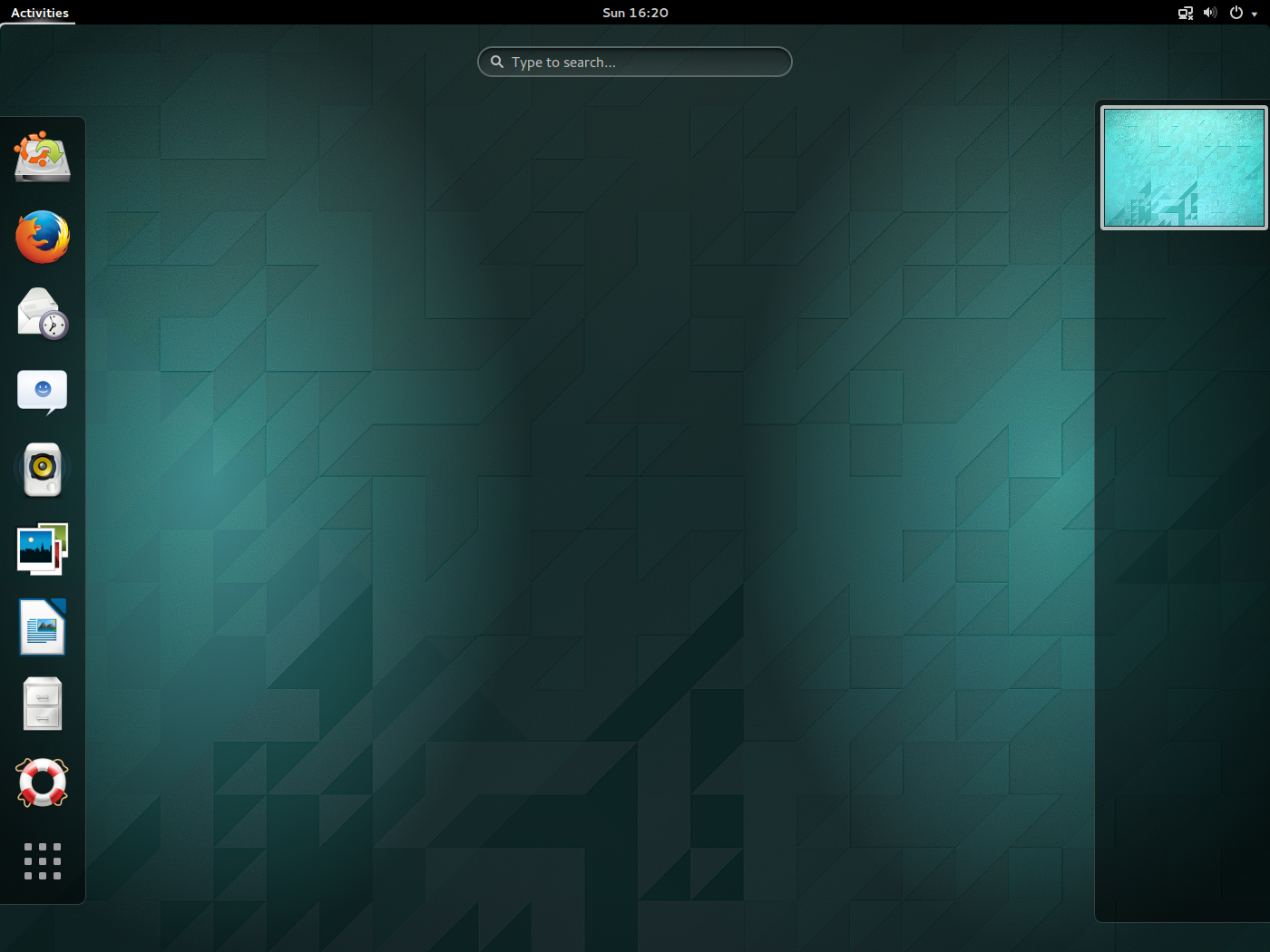
Nautilus (File Manager). An easy to use file manager for organizing your documents, music, pictures, videos and files in general.
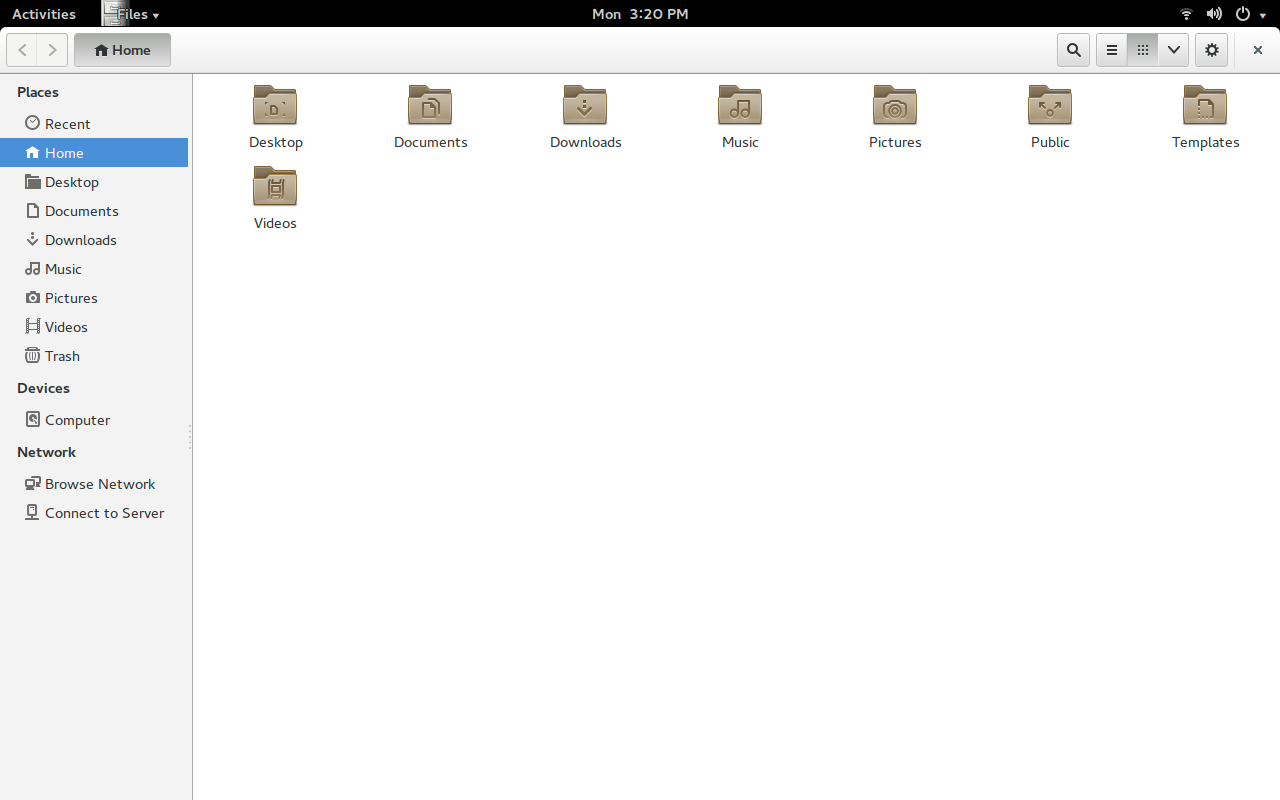
Firefox Web Browser. Browse the web with one of the most popular fast, flexible and secure web browsers.
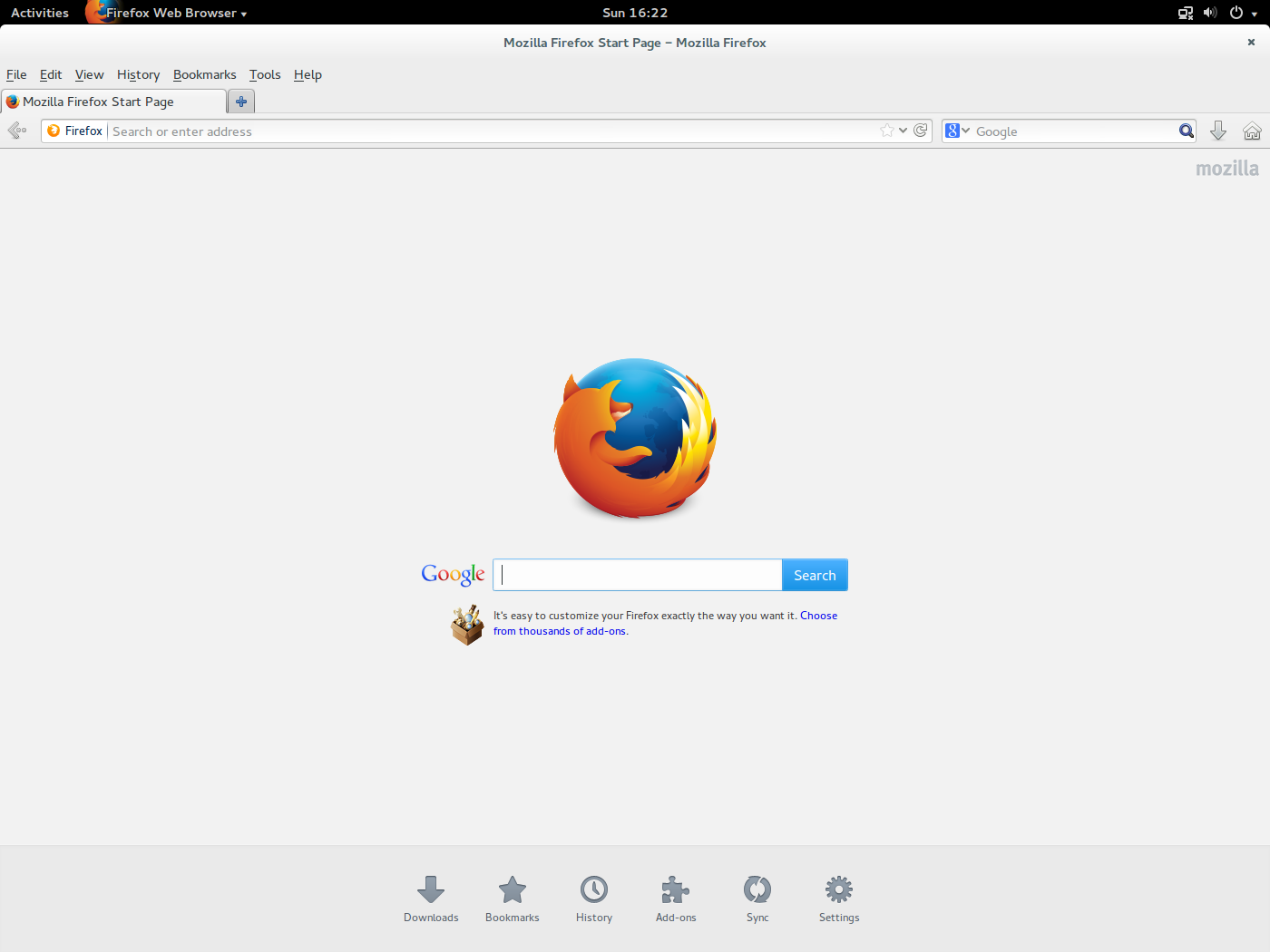
LibreOffice. Create professional documents, spreadsheets, presentations and even more with the open-source office suite.
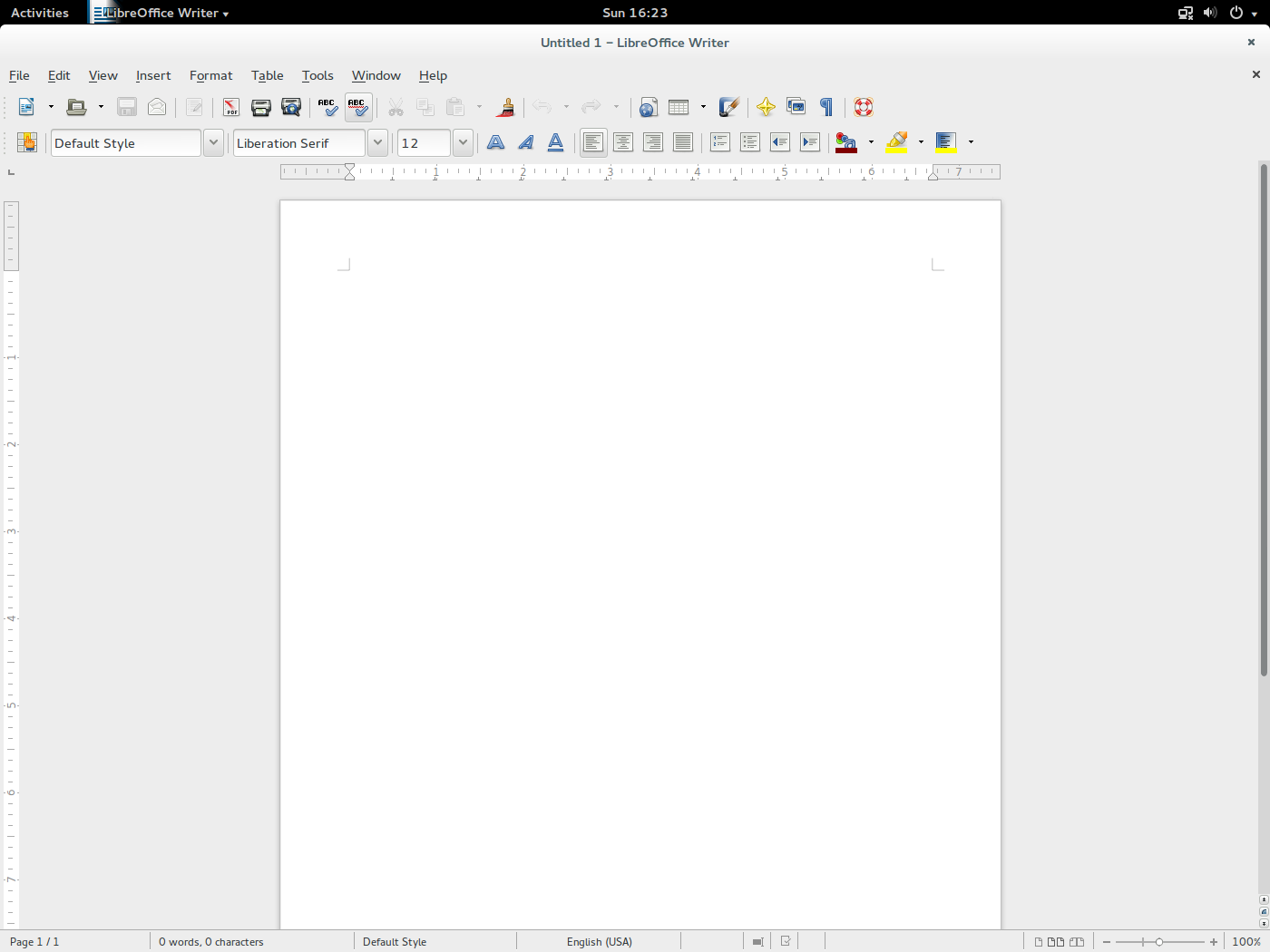
gedit (Text Editor). A small and lightweight text editor for the GNOME desktop environment.
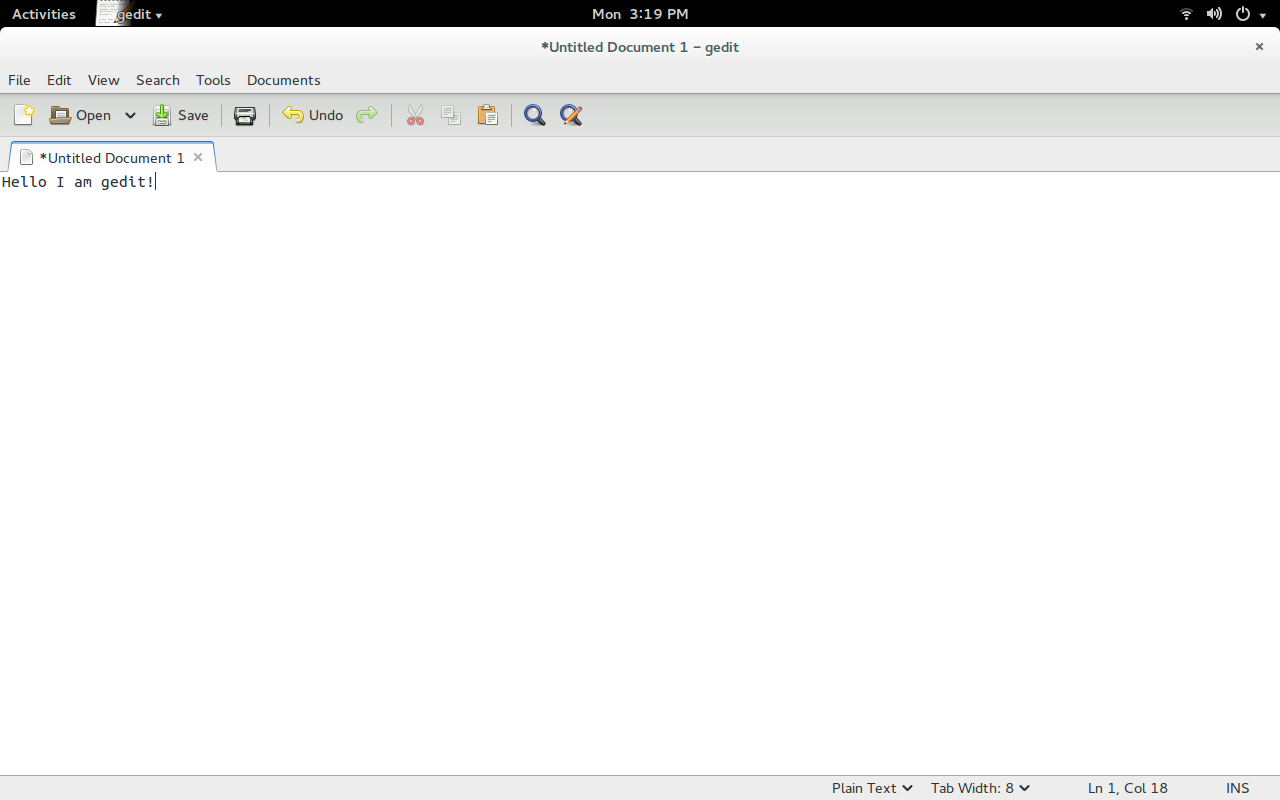
Ubuntu Software Center. Lets you browse and install thousands of free and paid applications available for Ubuntu.
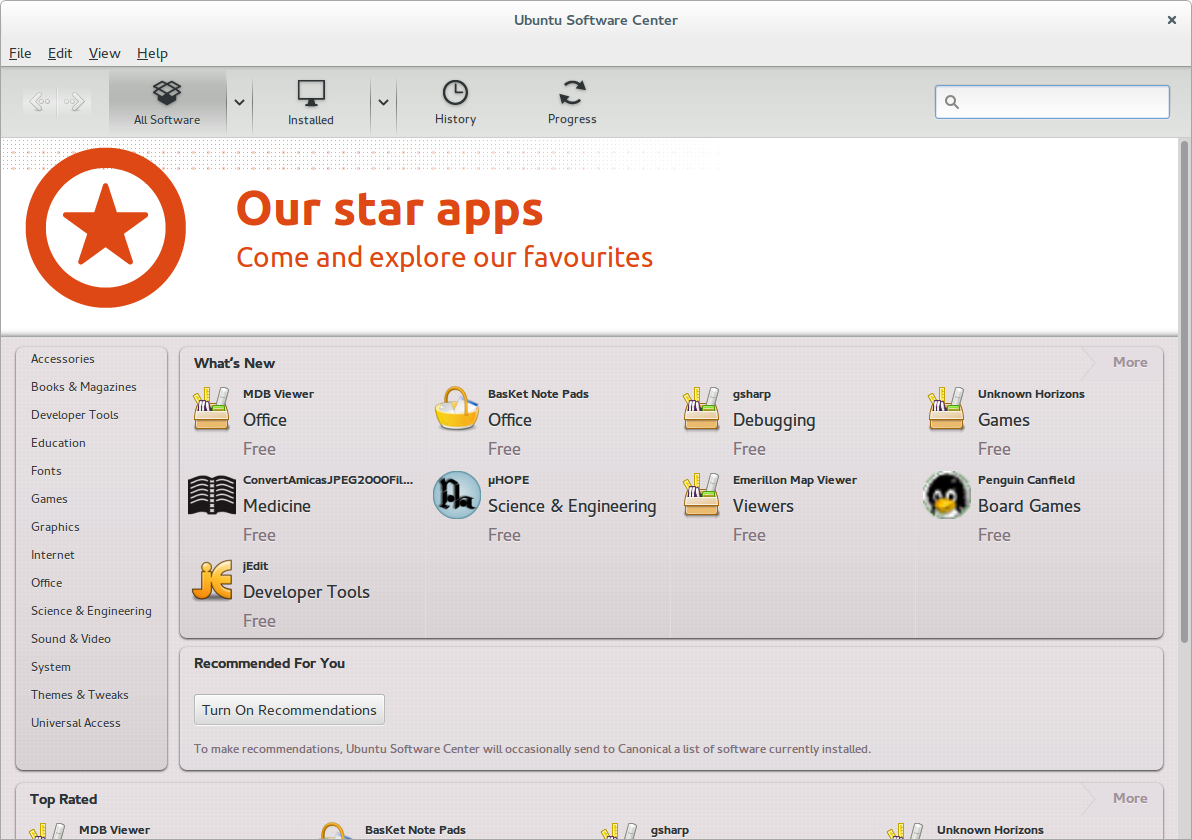
Tweak Tool. Change advanced settings – appearance, fonts, keyboard and mouse, windows and workspaces. Install extensions, set power options, select startup applications.
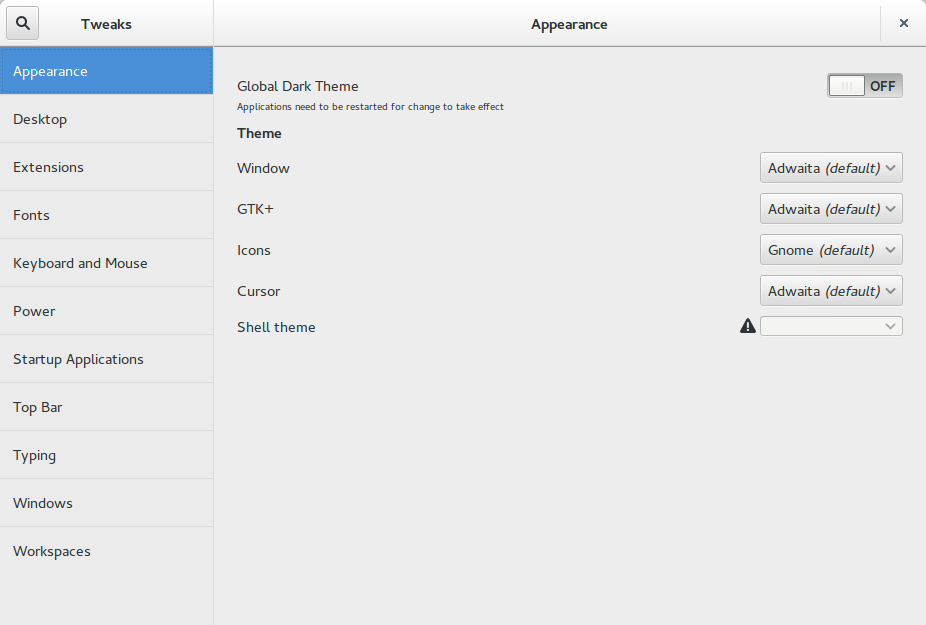
Get Ubuntu GNOME 14.04 LTS
Note:
- Q: What are point releases in LTS releases/versions?
A: Please, see this answer
Upgrading from last release
Before upgrading, it is highly recommended to back up your data. See this page for tutorials on how to backup your data. Or just download Clonezilla and create an image of your hard drive or system partition.
The included GUI update manager will offer you the latest release of Ubuntu GNOME. Which can also be accessed via Terminal:
sudo update-manager -d
Alternatively, launch Terminal by hitting Ctrl+Alt+T and run the following command:
sudo do-release-upgrade
Note. If you were using the gnome3-team/gnome3 PPA, you should run
sudo ppa-purge
before upgrading.
If you are having problems with upgrading - No new release found - please see this.
More information about Upgrading can be found here.
Personal Package Archives (PPAs)
PPAs for Ubuntu GNOME can be found on this link.
Known Issues
screen giberish (1307776)
Can't select which drive to resize when using "install alongside" in Trusty (1262824)
For more details, please see this link.
Ubuntu Release Notes
For common issues with Ubuntu, please refer to the Ubuntu release notes.
Support
3 years – see releases.
See Also
TrustyTahr/ReleaseNotes/UbuntuGNOME (last edited 2017-03-24 18:06:05 by jbicha)

